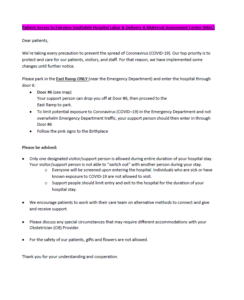Foods to Eat to Improve Cholesterol
Meats, Fish:
Limit portion sizes to three ounces. Choose lean meats: chicken, turkey, lamb, veal and non-fatty cuts of beef. Make sure to trim all visible fat from meat before cooking and remove the skin from poultry. Choose fresh or frozen fish, canned fish packed in water and shellfish. You should eat lobster and shrimp no more than twice each week. You can eat other shellfish more than three times each week.
Eggs:
Eat egg substitutes and egg whites as often as you want. Limit the use of egg yolks to no more than three times each week. This includes egg yolks used in cooking.
Fruits:
Eat at least two servings of fresh fruit every day. Be sure to have at least on citrus fruit every day. You can eat frozen or canned fruit (with no added sugar or syrup).
Vegetables:
Eat at least three servings of vegetables every day. You should eat one dark green (string beans or spinach) or one deep yellow (squash) every day. Watch how much corn and lima beans you eat. These have high starch content. You should eat cauliflower, broccoli, celery and potato skins for their high fiber content. Fiber can help reduce your cholesterol level. Avocados and olives contain monounsaturated fats but are high in calories. If you are trying to lose weight you should limit the amounts of these foods you eat. Breads and Grains: Eat whole-grain or enriched breads. You may eat crackers, Melba toast, pasta, rice or corn instead of bread.
Beans:
You may eat dried peas or beans instead of bread.
Nuts:
Nuts are high in fat and calories but most of the fat is unsaturated and they have no cholesterol. You may eat the nuts instead of meat. Cereals: Choose cereals (such as oatmeal) that are high in fiber and oat bran. Stay away from presweetened cereals or cereals that list sugar as one of the first ingredients.
Dairy Products:
Choose skim milk or 1 percent milk. Buy low-fat cheese (such as farmer’s cheese), part-skim mozzarella and ricotta or low-fat cottage cheese. Eat only low-fat yogurt.
Fats and Oils:
Use oils that are high in monounsaturated fat such as canola, olive and flaxseed oil. You may use small amounts of margarine. Be sure to read the margarine labels. Margarine is hydrogenated and offsets the benefits of using unsaturated oils. Choose margarine with 0 grams trans fat.
Desserts and Snacks:
Eat low-fat snacks. These include: ice-milk, sherbet, unflavored gelatin or gelatin-flavored with a sugar substitute, pudding made with skim milk, egg-white soufflés or air-popped popcorn without butter or salt.
Beverages:
Drink lots of water. Choose fresh fruit juices (about four ounces each day), black coffee, plain or herbal teas, sugar-free soft drinks, club soda or seltzer (salt-free) or cocoa made with skim milk.
Miscellaneous: Use these as often as you want: vinegar, spices, herbs, non-fat bouillon and mustard.


